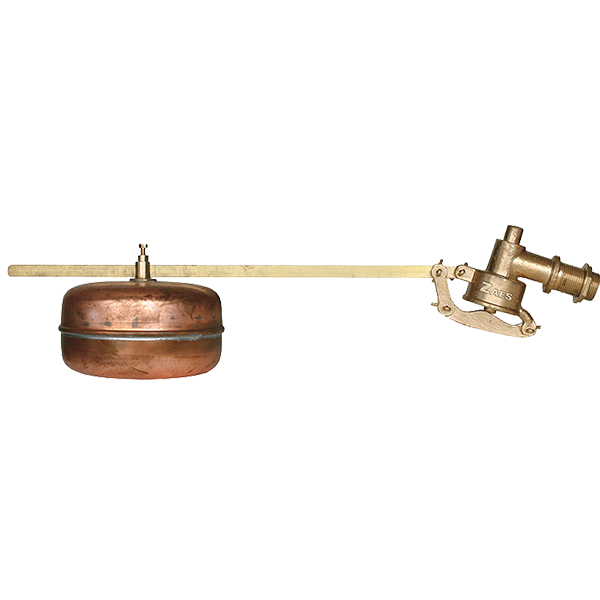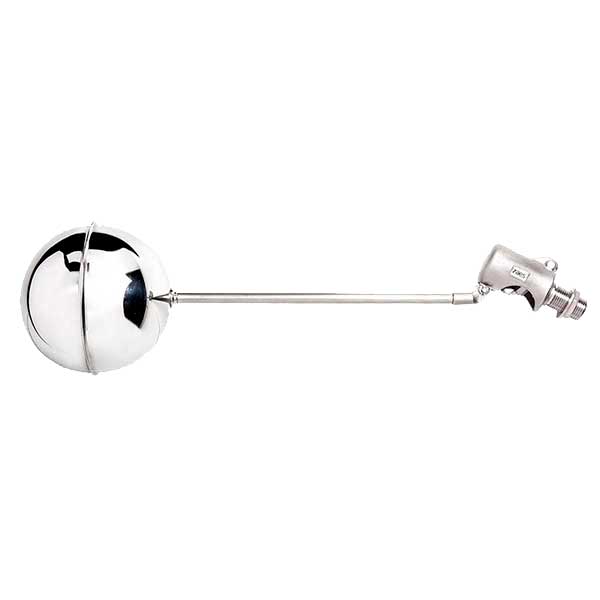What is a Float valve
Float valves in stainless steel (Inox) for water tanks, float valves for water tanks, float valves for drinking water, float valve, float valve with float, etc ... are those valves that try to maintain a constant level into the liquid storage tank / reservoir, ensuring incoming fluid provides filling without overflow.
The greatest advantage of these stainless steel float valves is that they require minimal maintenance and, because they are mechanically actuated, they do not need to be near any type of electrical, pneumatic or mechanical supply. Even so, periodic visual inspections are recommended to analyze the correct operation of the valve.
At ZAES, as float valve manufacturer, we recommend a visual inspection of our stainless steel float valves at least once a year.
Features and functions
of a float valve
It should be added that for each fluid you must consider the most suitable material for your application, which will help extend the life cycle of the float valve and keep the system safe and active for a long time.
What types of float valves are there
En Zaes como fabricante de válvulas de flotador, desde hace más de 60 años, les garantizamos un producto de calidad para sus instalaciones.
The float valve meets the following characteristics:
Float valve operation
Either in the water tank or in the tank of other fluids such as food additives, fuels, etc ... the float valve works in the same way, the fluid enters through the pipe connected to the float valve and falls continuously to fill the tank or reservoir.
When the tank or reservoir is full, the float valve, which is connected / threaded to a float / ball that is floating in the fluid, rises, causing a rod to actuate the valve mechanism, causing the closing disk or shutter to close. and causing the valve to be completely closed, not allowing the tank or tank to fill more.
When the tank or reservoir empties again, the float / ball goes down and the float valve reopens to allow the fluid to enter again.

